Chopta Tungnath Chandrashila Trek with Deoriatal
Published on March 21, 2025
Discovering the Chopta Tungnath Chandrashila Trek with Deoriatal
Chopta Tungnath Chandrashila Trek with Deoriatal stands as one of the most captivating treks in India. This journey is not just a physical expedition but a spiritual and visual odyssey that takes you through some of the most breathtaking landscapes the Himalayas have to offer. Whether you're an adventure enthusiast, a nature lover, or someone seeking solace amidst serene surroundings, this trek promises an unforgettable experience.
The trek begins in Chopta , often referred to as the "Gateway to the Himalayas." A quaint hill station located at an altitude of 2,680 meters, Chopta serves as the starting point for many trekkers embarking on the Chopta Tungnath Trek or the Chandrashila Trek . From here, the trail winds its way through lush meadows, dense oak and rhododendron forests, and finally ascends to the revered Tungnath Temple , one of the highest Shiva temples in the world. Beyond Tungnath lies the majestic Chandrashila Summit , offering panoramic views of iconic peaks like Nanda Devi, Trishul, and Kedarnath. Adding to the allure of this trek is Deoriatal , a pristine lake surrounded by towering mountains, which serves as a perfect prelude to the adventure ahead.
For those traveling from Delhi, the Tungnath Chandrashila Trek from Delhi has become increasingly popular due to its accessibility and the sheer beauty of the trail. Multiple Chopta tour packages are available, catering to different preferences and budgets, ensuring a hassle-free experience for travelers. These packages often include transportation, accommodation, meals, and guided treks, making it easier for urban dwellers to immerse themselves in the magic of the Himalayas.
Whether you're planning the Chopta Tungnath Trek from Delhi or simply looking to explore the region independently, this trek offers something for everyone. It combines the thrill of adventure with moments of tranquility, cultural immersion, and spiritual enrichment. Let us delve deeper into the history, significance, and experiences that make the Chopta Tungnath Chandrashila Trek with Deoriatal a must-visit destination for every traveler.
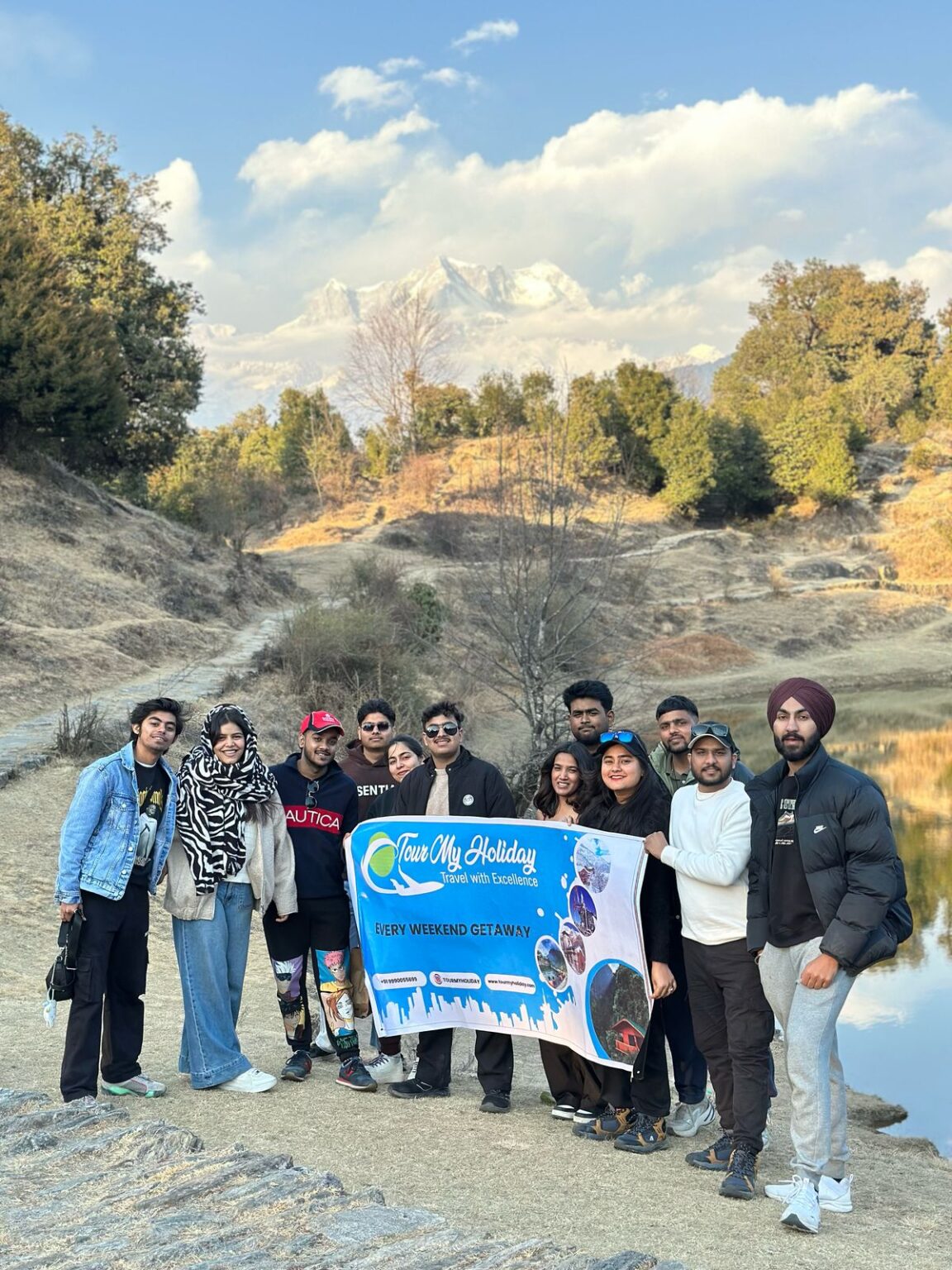
The Historical and Spiritual Significance of Tungnath Temple
The Tungnath Temple , perched at an elevation of 3,680 meters, holds immense historical and spiritual significance, making it a pivotal stop on the Chopta Tungnath Trek . Believed to be over 1,000 years old, this ancient temple is part of the Panch Kedar pilgrimage circuit, which includes Kedarnath, Madhyamaheshwar, Rudranath, and Kalpeshwar. According to Hindu mythology, the Pandavas sought Lord Shiva's blessings after the Kurukshetra war to absolve their sins. However, Shiva, unwilling to forgive them easily, transformed into a bull and hid in the Garhwal region. The Pandavas eventually found him, and as Shiva attempted to escape, his body parts emerged at different locations, forming the Panch Kedar temples. Tungnath is believed to house Shiva's arms, adding to its divine aura.
The architectural simplicity of Tungnath Temple reflects its age-old heritage. Constructed using locally sourced stone, the temple exudes a rustic charm that blends seamlessly with its natural surroundings. Despite its modest appearance, the temple draws thousands of pilgrims and trekkers each year, especially during the summer months when the weather is favorable for the Tungnath temple trek .
Beyond its religious importance, Tungnath also offers a profound sense of peace and introspection. Surrounded by snow-clad peaks and verdant forests, the temple provides a serene environment for meditation and self-reflection. For trekkers undertaking the Chopta Tungnath Trek from Delhi , the journey to Tungnath is not just about reaching a destination but also about connecting with the divine energy that permeates the region. The combination of spirituality, history, and natural beauty makes Tungnath a cornerstone of this remarkable trekking experience.
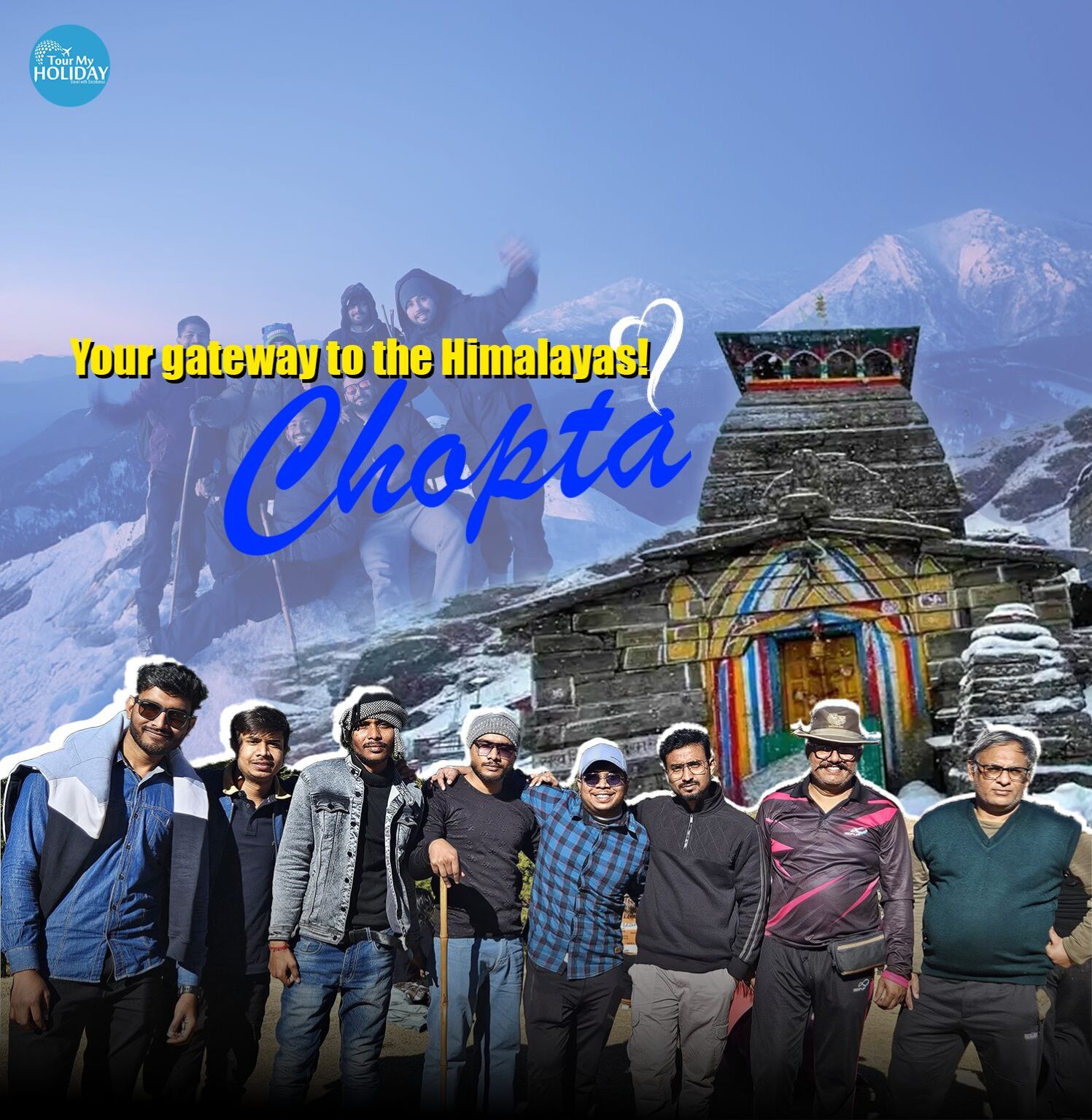
Scenic Views Along the Chandrashila Summit Trek
Ascending further from Tungnath, trekkers reach the Chandrashila Summit , the crown jewel of the Chopta Chandrashila Trek . Standing tall at 4,000 meters above sea level, the summit offers unparalleled panoramic views that leave visitors awestruck. As you climb higher, the dense forests gradually give way to open vistas, revealing a tapestry of snow-capped peaks stretching endlessly across the horizon. Iconic mountains such as Nanda Devi , Trishul , Kedarnath , Chaukhamba , and Neelkanth dominate the skyline, creating a surreal backdrop that seems almost otherworldly.
The Chandrashila summit trek is particularly rewarding during sunrise and sunset when the golden hues of the sun bathe the snow-covered peaks in a warm glow. The interplay of light and shadow transforms the landscape into a living canvas, making it a photographer’s paradise. For those who appreciate the raw beauty of nature, the summit offers a rare opportunity to witness the grandeur of the Himalayas up close.
What sets the Chandrashila Trek apart is not just the views but the journey itself. The trail passes through alpine meadows dotted with vibrant wildflowers, dense forests teeming with biodiversity, and rocky terrains that test your endurance. Each step brings a new perspective, a fresh vantage point, and a deeper connection to the natural world. For those embarking on the Chopta Chandrashila Trek from Delhi , the summit serves as a culmination of their efforts—a moment of triumph and reflection amid the majesty of the Himalayas.
The Trekking Experience: From Chopta to Chandrashila via Tungnath
The Chopta Tungnath Chandrashila Trek is a moderate-grade trek that spans approximately 17 kilometers round trip, making it accessible to both novice and experienced trekkers. The journey begins in Chopta , a picturesque base camp surrounded by lush greenery and rolling hills. From here, the trail ascends steadily towards Tungnath Temple , covering a distance of about 4 kilometers. This section of the trek is relatively easy, with well-marked paths winding through rhododendron and oak forests. During spring, the forest floor is carpeted with blooming flowers, adding a splash of color to the surroundings.
After reaching Tungnath, trekkers continue their ascent to the Chandrashila Summit , which involves a steep climb of approximately 1.5 kilometers. While this portion of the trek can be challenging, the stunning views along the way serve as ample motivation. The final stretch to the summit is marked by rocky terrain, requiring careful footing but rewarding you with breathtaking vistas upon arrival.
For those traveling from Delhi, the Tungnath Chandrashila Trek from Delhi typically involves an overnight bus or car ride to Chopta, followed by the trek itself. Many opt for Chopta tour packages that include transportation, accommodation, and guided treks, ensuring a smooth and enjoyable experience. These packages cater to diverse needs, whether you’re seeking luxury or budget-friendly options.
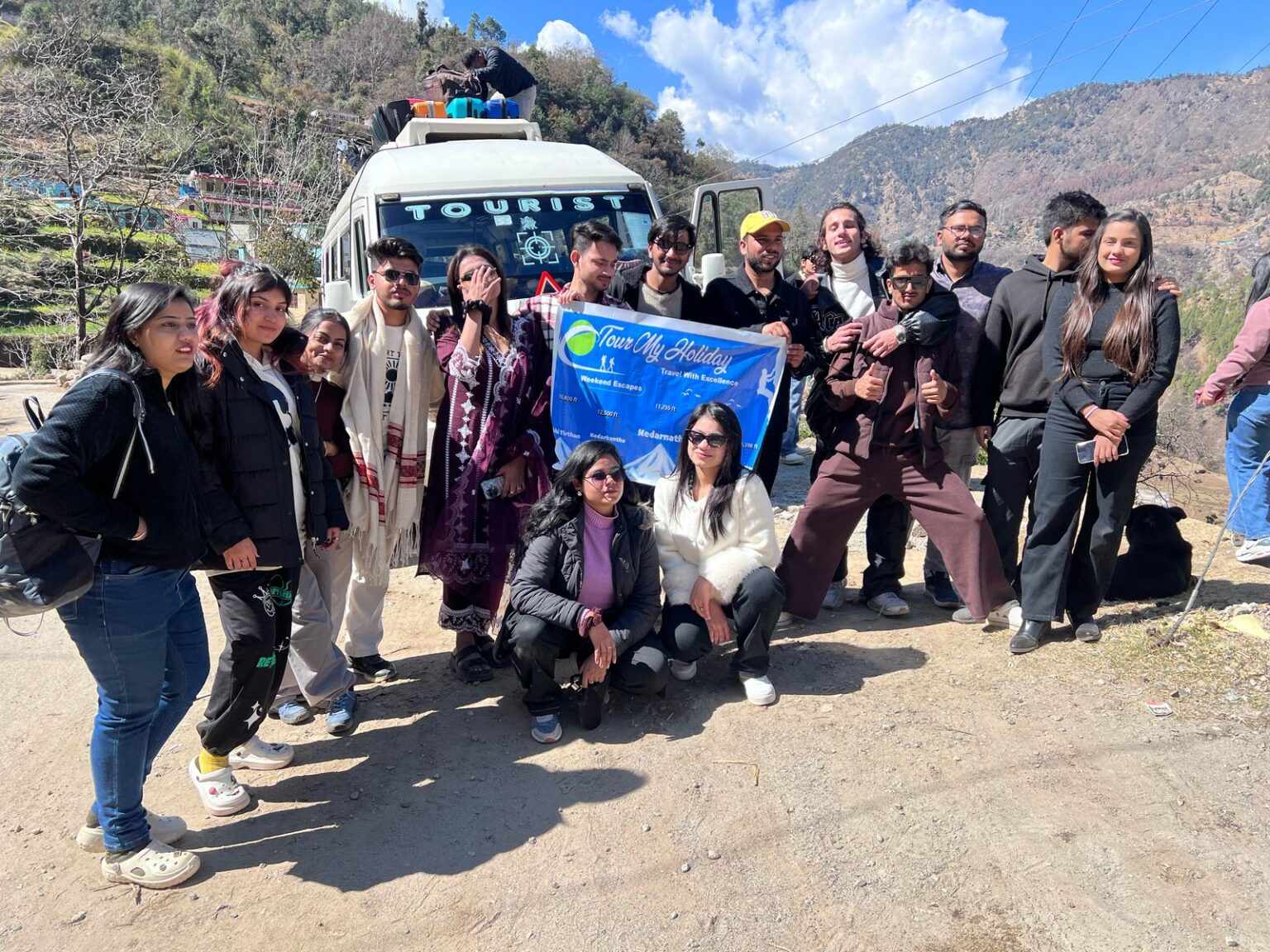
Deoriatal: A Serene Prelude to the Adventure
Before embarking on the main trek, a visit to Deoriatal is highly recommended. Located at an altitude of 2,438 meters, this pristine lake is surrounded by towering peaks and dense forests, creating a tranquil atmosphere that sets the tone for the journey ahead. Deoriatal is renowned for its mirror-like surface, which reflects the surrounding mountains during calm weather conditions. The lake holds cultural significance as well, being a sacred site for locals who believe it possesses mystical powers.
Reaching Deoriatal involves a short hike from nearby villages, making it an ideal warm-up for the Chopta Tungnath Trek . The area around the lake is perfect for camping, photography, and birdwatching, offering glimpses of rare Himalayan species. Including Deoriatal in your itinerary adds depth to your adventure, providing a balance of relaxation and exploration before the more strenuous sections of the trek.
The Enchanting Beauty of Chopta: A Year-Round Destination
Nestled in the heart of Uttarakhand, Chopta is a picturesque hill station that serves as a gateway to some of the most breathtaking treks in the Himalayas. Known for its lush meadows, dense forests, and panoramic views of snow-capped peaks, Chopta offers an unparalleled experience for nature lovers, adventure seekers, and spiritual pilgrims alike. Whether you're planning to embark on the Chopta Tungnath Trek , scale the heights of the Chandrashila summit , or simply soak in the serene ambiance of this hidden gem, understanding the seasonal nuances of Chopta is essential to make the most of your visit.
The region's charm transforms with each season, offering unique experiences that cater to diverse preferences. From the vibrant blooms of spring to the snow-laden trails of winter, every time of year brings its own allure. For those traveling from Delhi, the Tungnath Chandrashila Trek from Delhi has become a popular choice due to its accessibility and the promise of unforgettable adventures. Similarly, countless travelers opt for Chopta tour packages that include guided treks, comfortable stays, and seamless transportation, ensuring a hassle-free journey.
Whether you're drawn to the spiritual essence of the Tungnath temple trek , the thrill of the Chopta Chandrashila trek , or the tranquil beauty of Deoriatal, timing your visit according to the season can significantly enhance your experience. In this guide, we will explore the best times to visit Chopta, highlighting how each season influences activities like the Chopta Tungnath Trek from Delhi and other adventures. By aligning your plans with the natural rhythms of this stunning destination, you can ensure a memorable and enriching journey into the lap of the Himalayas.
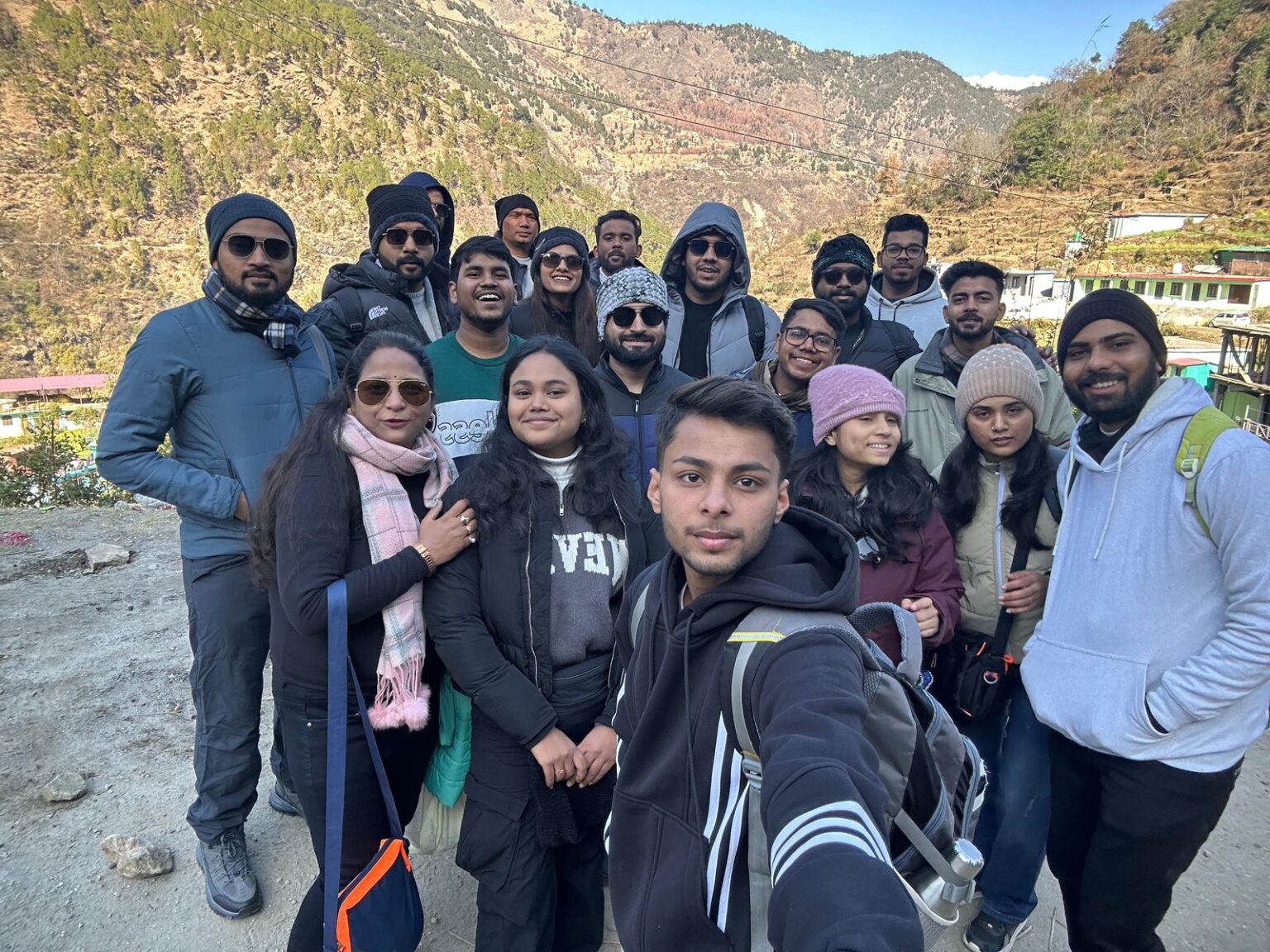
Spring: Nature’s Awakening and Ideal Trekking Conditions
Spring, spanning from March to May , is arguably the most enchanting time to visit Chopta. As winter loosens its grip, the landscape undergoes a magical transformation, bursting into vibrant colors courtesy of blooming rhododendrons and wildflowers. This season paints Chopta in hues of red, pink, and white, creating a picturesque setting that feels almost surreal. For trekkers embarking on the Chopta Tungnath Trek or the Chandrashila Trek , spring offers the perfect blend of pleasant weather and breathtaking scenery.
The temperatures during this period range from 15°C to 25°C , making it ideal for outdoor activities. The mild climate ensures that you can comfortably navigate the trails without the harshness of summer heat or the biting cold of winter. The clear skies and fresh mountain air further enhance visibility, allowing trekkers to fully appreciate the majestic views of snow-clad peaks such as Nanda Devi , Trishul , and Kedarnath along the way.
For those planning the Tungnath Chandrashila Trek from Delhi , spring is a particularly favorable time. The trail through dense rhododendron forests becomes even more mesmerizing as the trees are adorned with bright blossoms. This vibrant flora not only adds aesthetic appeal but also creates a lively atmosphere filled with birdsong and the rustling of leaves. Additionally, the melting snow from higher altitudes feeds the streams and waterfalls, adding a soothing soundtrack to your trek.
Another highlight of visiting Chopta during spring is the opportunity to witness the region’s rich biodiversity up close. The Kedarnath Wildlife Sanctuary, which encompasses Chopta, comes alive with migratory birds returning to their nesting grounds. Birdwatchers will find this season especially rewarding, as they can spot rare species like the Himalayan Monal and Koklass Pheasant. Wildlife enthusiasts may also encounter musk deer, bharals (Himalayan blue sheep), and even the elusive snow leopard if they’re lucky.
The moderate temperatures and lush surroundings make spring an excellent time for families and first-time trekkers to explore Chopta. Many Chopta tour packages focus on this season, offering guided treks, camping options, and cultural interactions that allow visitors to immerse themselves in the local way of life. Whether you’re scaling the heights of the Chandrashila summit or simply enjoying a leisurely stroll around Deoriatal, spring ensures that your experience is nothing short of magical.

Summer: A Cool Escape Amidst Verdant Splendor
Summer in Chopta, lasting from June to August , provides a refreshing contrast to the scorching heat of the Indian plains. With temperatures rarely exceeding 30°C , this season offers a cool and comfortable retreat for those seeking respite from urban chaos. While the monsoon rains bring challenges, they also breathe new life into the landscape, transforming Chopta into a lush paradise teeming with greenery.
For trekkers embarking on the Chopta Tungnath Trek or the Chandrashila Trek , early summer—before the onset of heavy rains—is an excellent time to visit. The weather remains relatively stable, allowing for smooth navigation along the well-marked trails. The dense forests of rhododendron and oak provide ample shade, while the gentle breeze keeps trekkers cool even during midday hikes. Those planning the Tungnath Chandrashila Trek from Delhi often choose this window to enjoy the trek under optimal conditions.
However, as June progresses, the monsoon season begins, bringing frequent showers that drench the hillsides and feed the rivers and streams. While this enhances the region’s natural beauty, it also makes the trails slippery and muddy, requiring extra caution. Trekkers should be equipped with waterproof gear, sturdy shoes, and trekking poles to navigate these conditions safely. Despite these challenges, the post-monsoon clarity of the air rewards adventurers with stunning views of distant peaks from the Chandrashila summit .
Summer is also a great time to explore the cultural and spiritual aspects of Chopta. The Tungnath temple trek , steeped in mythology and history, attracts pilgrims who brave the elements to seek blessings at one of the highest Shiva temples in the world. Local festivals and fairs, often centered around religious celebrations, add vibrancy to the region. Visitors opting for a Chopta tour package during this season can participate in these events, gaining deeper insights into the traditions and customs of the local communities.
While summer presents certain logistical challenges, its unique charm lies in the rejuvenation of nature. The gushing waterfalls, emerald meadows, and mist-covered peaks create an ethereal ambiance that captivates photographers, writers, and nature enthusiasts alike. With proper preparation, summer in Chopta can be a rewarding experience, offering both adventure and tranquility.

Autumn: Crisp Air and Crystal-Clear Vistas
Autumn, spanning from September to November , is widely regarded as one of the best times to visit Chopta. As the monsoon clouds dissipate, the skies turn a brilliant blue, offering uninterrupted views of the Himalayan giants. This season ushers in crisp mornings, cool evenings, and stable weather, making it ideal for treks like the Chopta Tungnath Trek and the Chandrashila summit trek .
The temperatures during autumn hover between 10°C and 20°C , providing a comfortable environment for outdoor exploration. The absence of rain ensures that the trails remain dry and accessible, allowing trekkers to traverse them with ease. Early risers are treated to spectacular sunrises over the snow-capped peaks, while evenings bring a golden glow that bathes the valleys in warmth. These conditions make autumn particularly appealing for photography enthusiasts looking to capture the raw beauty of Chopta.
For those traveling from Delhi, the Chopta Tungnath Trek from Delhi becomes even more enticing during this season. The combination of clear skies and vibrant foliage creates a visual feast, with the dense forests showcasing their full autumnal splendor. Red, orange, and yellow leaves carpet the ground, adding a rustic charm to the already picturesque landscape. The journey to the Tungnath temple takes on a mystical quality, as the crisp air and serene surroundings evoke a sense of peace and introspection.
Autumn is also a prime time for wildlife sightings in the Kedarnath Wildlife Sanctuary. Animals become more active as they prepare for the upcoming winter, increasing the chances of spotting creatures like the Himalayan black bear, barking deer, and various bird species. Families and solo travelers alike find autumn to be a rewarding season, thanks to the harmonious blend of adventure, spirituality, and natural beauty.
Many Chopta tour packages focus on autumn, offering guided treks, camping opportunities, and cultural experiences designed to maximize the visitor’s connection with the region. Whether you’re ascending to the Chandrashila summit or exploring the tranquil shores of Deoriatal, autumn ensures that every moment spent in Chopta is infused with wonder and awe.

Winter: A Snowy Wonderland of Serenity
Winter in Chopta, lasting from December to February , transforms the region into a pristine white wonderland. As temperatures plummet to below freezing, the landscape becomes blanketed in snow, creating a surreal and magical atmosphere. For those seeking solitude and a chance to experience the Himalayas in their winter glory, this season offers a unique and unforgettable adventure.
The Chopta Tungnath Trek and the Chandrashila Trek take on a different character during winter. The snow-covered trails require careful preparation, including insulated clothing, sturdy boots, and trekking equipment suited for icy conditions. However, the effort is rewarded with breathtaking views of snow-laden peaks and frozen streams, making the journey feel otherworldly. For adventurous souls traveling from Delhi, the Chopta Chandrashila Trek from Delhi during winter promises an exhilarating experience, blending physical challenge with unparalleled beauty.
One of the highlights of visiting Chopta in winter is the opportunity to witness the Tungnath temple enveloped in snow. The ancient stone structure stands resilient against the harsh weather, exuding a timeless aura that resonates deeply with pilgrims and trekkers alike. The stillness of the surroundings amplifies the spiritual energy of the site, making it a profound experience for those undertaking the Tungnath temple trek .
Despite the cold, winter in Chopta is far from desolate. Many visitors opt for Chopta tour packages that include cozy accommodations, bonfires, and hot meals to keep them warm and comfortable. The clear, unpolluted skies offer excellent stargazing opportunities, allowing you to marvel at constellations undimmed by city lights. Additionally, the region’s relative isolation during this season ensures a peaceful and intimate connection with nature.
Winter trekking requires meticulous planning, but the rewards are immense. The stark beauty of the snow-covered terrain, coupled with the quiet serenity of the mountains, makes this season a favorite among seasoned trekkers and photographers. Whether you’re scaling the Chandrashila summit or simply enjoying the tranquility of Chopta, winter invites you to embrace the raw, untamed essence of the Himalayas.
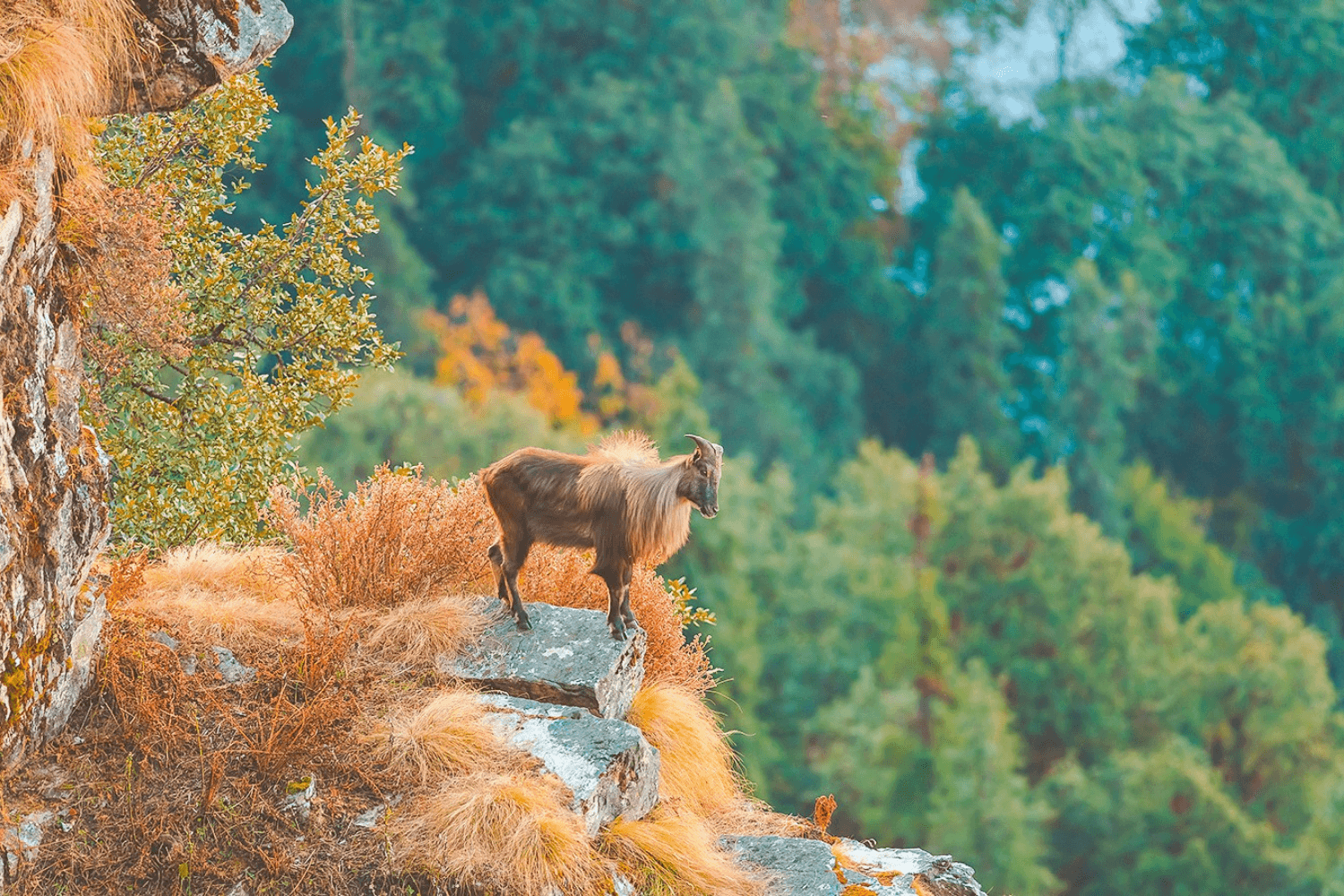
Frequenlty Asked Question About Chopta
Why is Chopta famous?
Uttarakhand's Chopta is a lovely tiny hill station. The evergreen trees and meadows give this location a dreamlike feel. Chopta is surrounded by the powerful Himalayas, making it a famous hiking location. It's the starting point for trips to Tungnath, Chandrashila, and other interesting places.
Is Chopta good to visit?
Spending time and visualize moment of Himalayas are the top priority for every tourist. Chopta is one of the picturesque destinations that beckons travelers with its breathtaking landscapes and serene ambiance. It is known for its pleasantly cool climate, situated in the heart of the Uttarakhand Himalayas.
Which month is best for Chopta?
The summer months mark the best time to visit Chopta,which spans between March and May as most trekking routes are open during this time. Also, the Chopta weather is cool and pleasing with moderate temperatures surrounded by lush greenery.
What food is popular in Chopta?
- Chainsoo.
- Kafuli.
- Phaanu.
- Aloo Ke Gutke.
- Jhangore Ki Kheer.
- Singodi.
- Baadi.
- Arsa.
Can we go Chopta by car?
National highways to Chopta is the only way to reach here from major cities of Uttarakhand. You can reach Chopta by own car can hire a cab from Haridwar/Rishikesh/Dehradun and Delhi. Our suggestion is halt for a night at Rishikesh /Haridwar if you are coming from Delhi by own car .
Can we see Himalayas from Chopta?
Chopta is an unspoiled natural destination lying in the lap of the Uttarakhand Himalayas and offers views of the imposing Himalayan range including Trishul, Nanda Devi and Chaukhamba.
Is it safe to visit Chopta now?
It is absolutely safe to travel to Chopta. But beware, the wildlife dwelling in Chopta region isn't this much friendly and tourists are advised not to roam around in the Jungle after the sunset!
Why is Chopta Valley famous?
Chopta is known for several trekking routes that run through it and around it. One of the most popular routes is to the Chandrashila peak, a trek of around 9 km. En route falls the sacred Tungnath temple, the highest Shiva shrine in the world.
Is Chopta Trek difficult?
Duration: The Chopta Tungnath Trek takes around 4 to 5 days to complete. 3. Difficulty level: It's a moderate difficulty trek, suitable for beginners as well as experienced trekkers.
What is the flower season in Chopta?
March and April is also called as the Burans season here by the locals as the entire Chopta valley is full of Burans trees which blossom at this time. The trees are full of red and pink flowers and if one drives through the valley, one can find full bloom trees on both sides of the road.
What is Chopta called?
Chopta, popularly known as 'Mini Switzerland', is a small region of meadows and evergreen forest area, part of Kedarnath wildlife sanctuary located in Uttarakhand state, India.
What animals live in Chopta Valley?
- Musk deer fox.
- Leopard.
- Jackal.
- Himalayan black bear.
- Snow leopard.
- Yellow-throated marten.
- Leopard cat.
- Wild boar.
Why is Chandrashila famous?
Chandrashila is the summit above Tungnath temple in India. It literally means "Moon Rock". It is located at a height of about 3,690 metres (12,110 ft) above sea level. This peak provides views of the Himalayas, including Nandadevi, Trisul, Kedar Peak, Bandarpunch and Chaukhamba peaks.
What animals are in Tungnath?
Himalayan Swiftlet, Crested Goshwawak, Snow Partridge, Himalayan Griffon, Mountain Hawk Eagle, Golden Eye, Hill Partidge, Koklas Pheasant, Himalayan Monal, Maroon Orilo, Cheer pheasant, Long-billed and Pied Thrush, Chestnut-Crowned Warbler, Scarlet Finch, Sport-winged Rosefinch etc more than 200 birds found here.